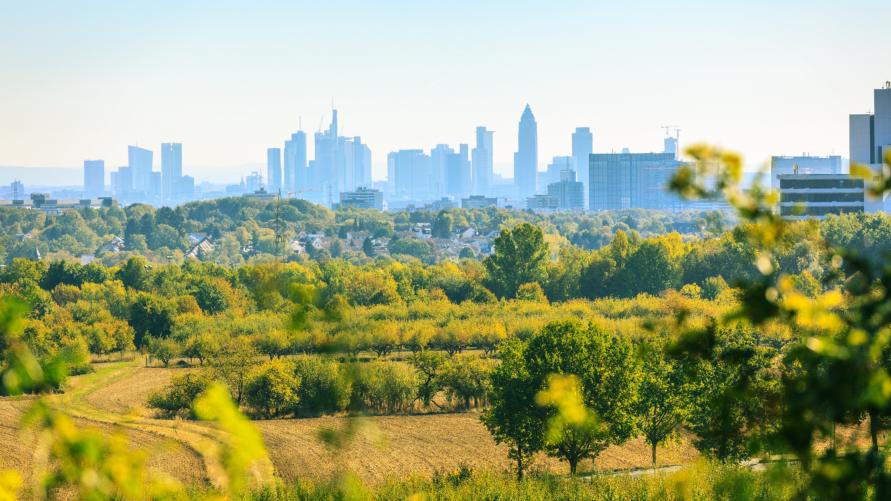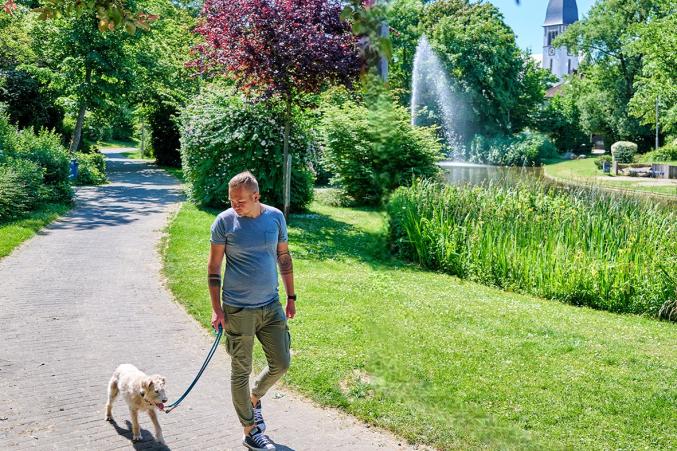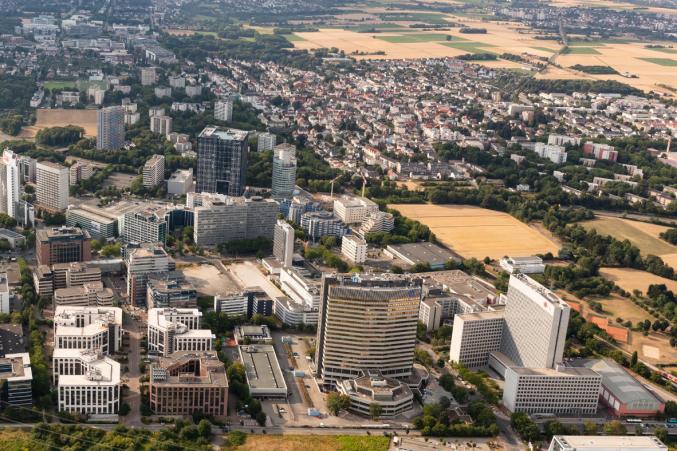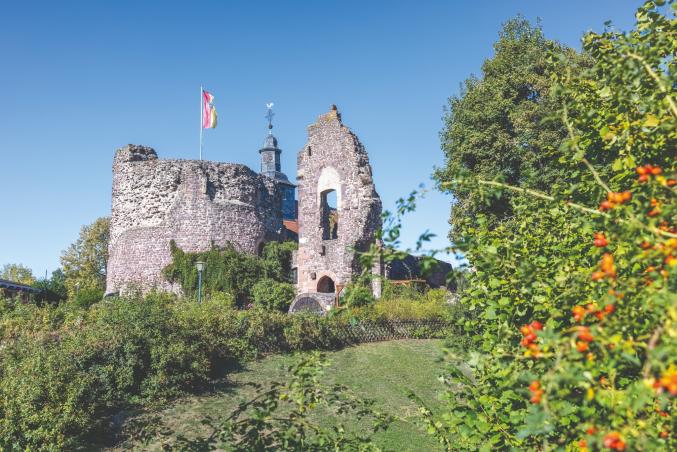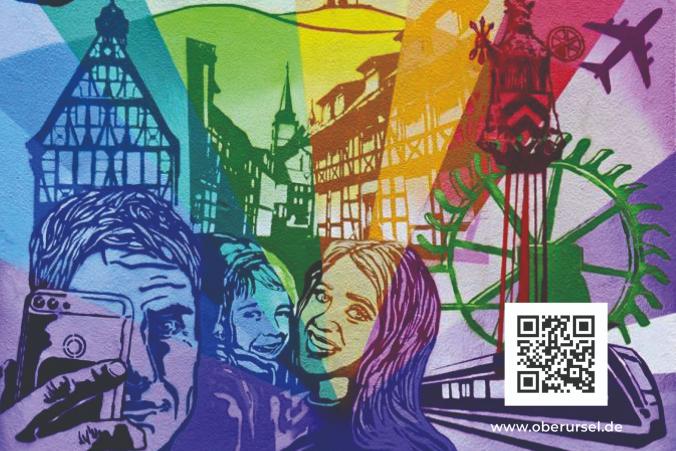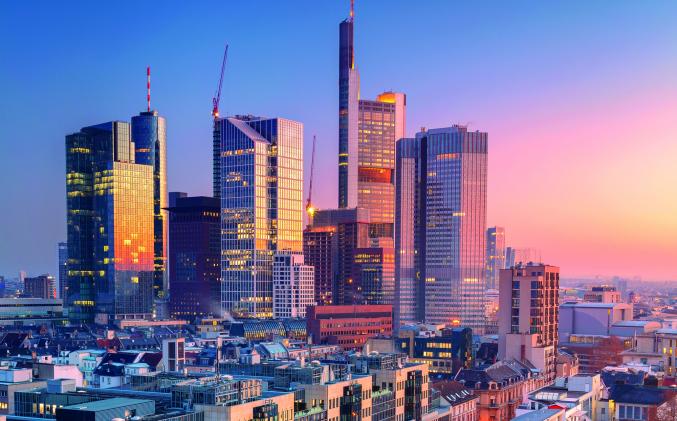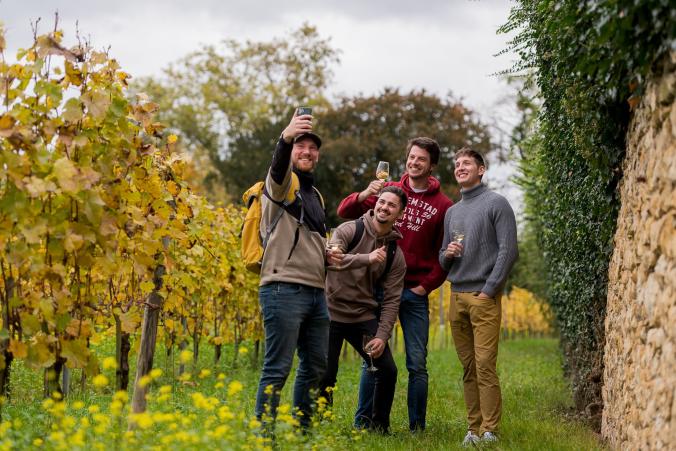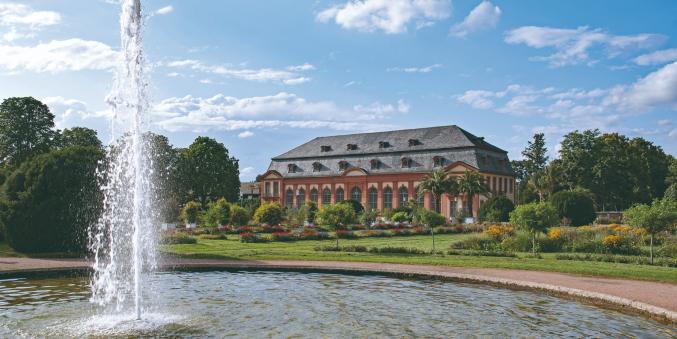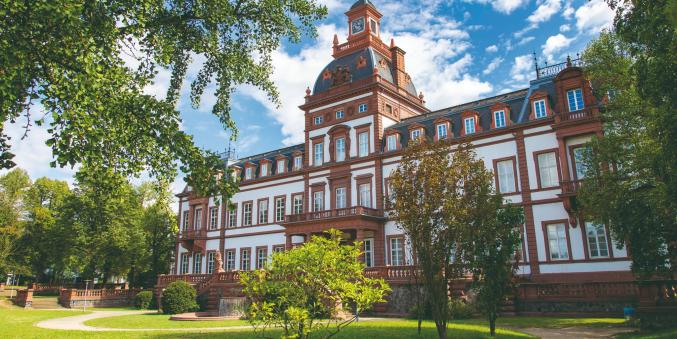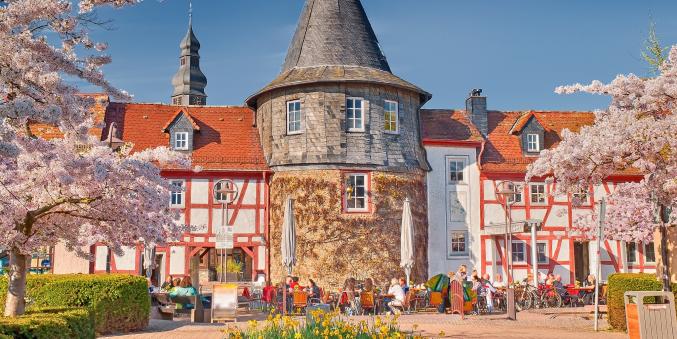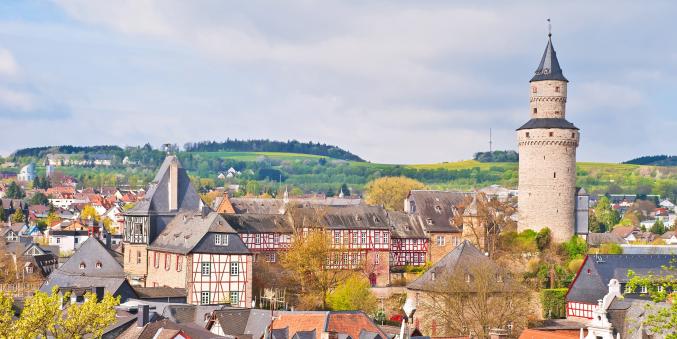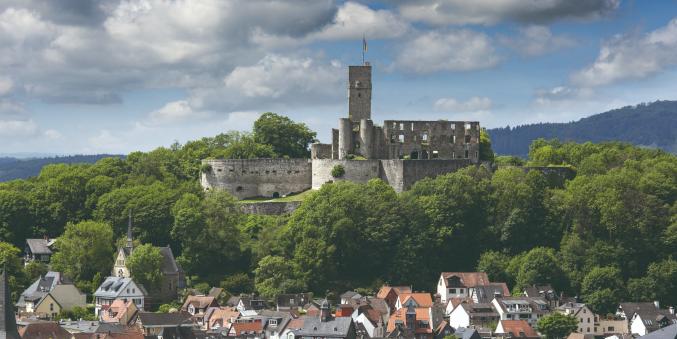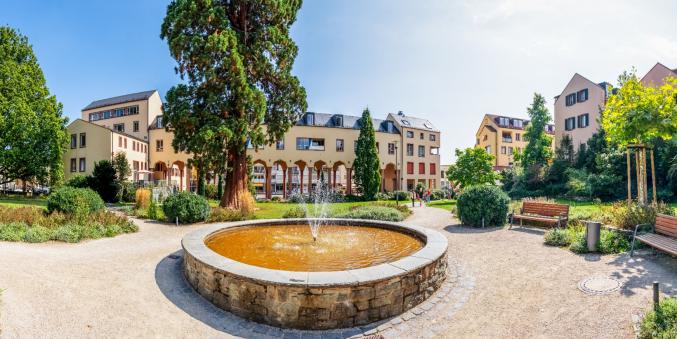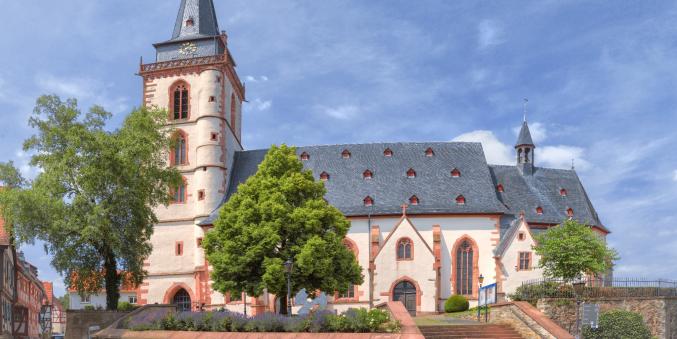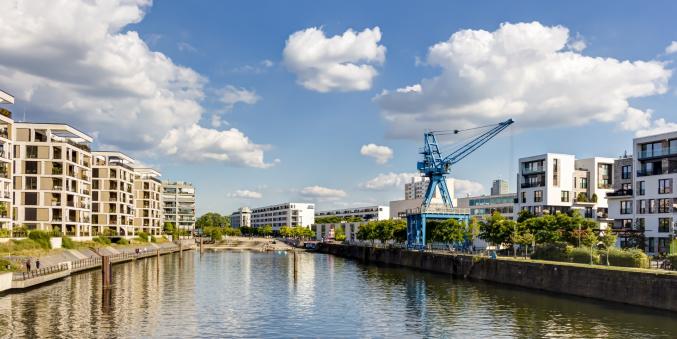Foto: Photodesign-Deluxe - stock.adobe.com
Where to live in Frankfurt Rhine-Main
Frankfurt Rhine-Main is a cosmopolitan and diverse area with lots to offer, whether you're interested in arts and architecture, history and hospitality, parks and playgrounds, or anything else. There's so much to discover.
The Frankfurt Rhine-Main region is one of the most powerful economic regions in Germany and, indeed, in the whole of Europe. Frankfurt Rhine-Main is right in the centre of Germany and at the heart of Europe. It's not just Frankfurt, and there's a lot more to the region than finance and trade fairs. The region is a real mix of towns and municipalities, and together they make up the Metropolitan Region Frankfurt Rhine-Main, which has around 5.9 million inhabitants. There are lots of successful international companies here, especially in the automotive sector in Eschborn and the pharmaceutical sector in Höchst and Darmstadt. There are also some really successful local companies that are global leaders in their field, particularly in Hanau, the Main-Kinzig-Kreis and the Wetterau-Kreis. There are also some great creative industries in Mainz and Offenbach, and Darmstadt is home to the European Space Operations Centre. Frankfurt airport is one of the busiest in the world.
Frankfurt Rhine-Main is also a very international place with a very high standard of living. Our region is a real melting pot, with lots of international clubs and communities. People from 180 different countries live here, either in the big cities or in towns in the countryside, which is one of the region's unique features. No matter where you are, you've got the best of both worlds and everything you need is close by, no matter how you get around.
Frankfurt Rhine-Main is a very green area. The region is surrounded by the hills of the Taunus and Vogelsberg to the north and the Odenwald and Spessart to the south. It has a lot to offer, including interesting hiking and cycling trails, beautiful lakes and the Main river, which flows through some of the main cities and towns in the region.
Frankfurt Rhine-Main has a rich history. You can still see a few relics from the Romans in Frankfurt, Mainz and Saalburg, and even the Celts left their mark in Glauburg and the Taunus. Many towns in the region have half-timbered houses that date back to the 14th century, and the centre of Wiesbaden has kept its old spa town charm, along with various other spa towns in the region. You can see the Frankfurt skyline, known as 'Mainhattan', from many towns and viewing points in the surrounding areas. In the Frankfurt Rhine-Main region, you'll find a mix of old and new. The region has kept its historic character while still looking to the future. The region is home to many renowned universities and research institutes, and Frankfurt am Main is home to the world's largest internet exchange point.
In the summer, Frankfurt Rhine-Main is alive with music festivals and wine fests all over the region. Highlights include the Rheingauer Festspiele, the Museumsuferfest along the Main in Frankfurt, the Hochheimer Weinfest and the Jazz Festival in Idstein.
Whatever you're looking for, you'll find it in the region, which is what makes Frankfurt Rhine-Main so special. Frankfurt benefits from the many opportunities available in the other cities, towns and municipalities in the region. One thing they all have in common is Apfelwein, the traditional regional drink made from apples. It dates back to the Middle Ages. It's still one of the most popular drinks in the region and is often one of the first specialities that newcomers to the area try. Whether you're in the Odenwald, Offenbach or Frankfurt-Sachsenhausen, the Taunus, the Wetterau or Wiesbaden, make sure you try this very unique regional specialty!
Rouven Kötter (Deputy Director, Frankfurt Rhine-Main Regional Authority)
FRANKFURT RHINE-MAIN IS A LOT MORE THAN FRANKFURT
The Frankfurt Rhine-Main region has over 460 towns and cities and a population of 5.9 million. Each town has its own history and cultural heritage, and together they make the region really vibrant and diverse.
The Frankfurt Rhine-Main region is definitely a cosmopolitan place, but it's also got a strong sense of heritage and history. Frankfurt is a big city, but there are also lots of forests and hills in the surrounding area. The towns, cities and villages in the Frankfurt Rhine-Main region have their own unique cultural offerings, schools and universities, sports, shopping and architecture. When you look at the region as a whole, you'll see that it offers the perfect balance of work and leisure, making it an excellent place to live.
The region is made up of hundreds of municipalities, each with its own proud local history. Over the centuries, the region has developed into a rich and diverse tapestry, offering something for everyone.
FRANKFURT
It's becoming more and more popular with newcomers to the Frankfurt Rhine-Main region to live in Frankfurt. If you're looking for convenience, a short distance to the office, and great bistros and restaurants around the corner, then Frankfurt is the right choice for you. The most popular places to live are Westend, the Diplomatenviertel, the Holzhausenviertel, parts of Sachsenhausen and the Dichterviertel. There are other areas that are just as good to think about, like Nord-end, Bornheim and Bockenheim. These areas are more affordable, but they have a similar unique character. If you're thinking of moving to Frankfurt, you'll probably have to go for an apartment rather than a house.
Frankfurt is the biggest city in the region and a real melting pot of cultures, languages and lifestyles. It's the impressive skyline that grabs the attention of newcomers first. Frankfurt's high-rise buildings remind people of Manhattan, which is why some locals call the city "Mainhattan". The modern skyline is made up of several high-rise buildings that are more than 200 metres high, including one of Europe's tallest skyscrapers, the 259-metre Commerzbank Tower. Even though the city has some impressive glass facades, a major international airport and a very busy main railway station, Frankfurt's population of 776,000 makes it one of Europe's most manageable metropolitan cities.
Frankfurt is Germany's most cosmopolitan city. Over a quarter of the population is made up of foreigners, and the city is open-minded, tolerant and diverse. Frankfurt is somewhere newcomers can settle in quickly and feel at home. After all, people from around 180 different countries live here. It's also Germany's top city for international professionals, with 170 foreign banks, 86 international airlines, 85 consulates, and 59 foreign chambers of commerce or trade missions based here. As it happens, there are more than 3,000 foreign companies based in Frankfurt and the surrounding area. It's the base for the European Central Bank and home to Deutsche Börse, the German Stock Exchange. That makes it one of the world's top centres for finance and commerce. And that status is likely to grow even more in the post-Brexit world of Europe.
Frankfurt has a rich and diverse cultural scene. The city is home to lots of world-famous museums, many of which are lined up along the North and South Main River embankment like pearls on a string. There's also a really vibrant art scene. There's also a great choice of restaurants, wine bars, bistros and beer gardens. On warm summer evenings, people head to the riverbanks to enjoy a cool beer, cider or even a spritz on one of the tavern boats.
Aroon explains
Sunday Outings in Germany
Frankfurt and the Districts
The well-off Sachsenhausen district, known locally as Dribbdebach or 'the other side of the stream', is known for its pretty cobbled streets lined with stylish restaurants, pubs and cider taverns, not to mention the museums on this side of the river embankment.
The Rheingau
Yes, Frankfurt is part of it: A local woman becomes the new Rheingau Wine Queen – and the region just outside the city offers wine, nature, and culture at its finest.


